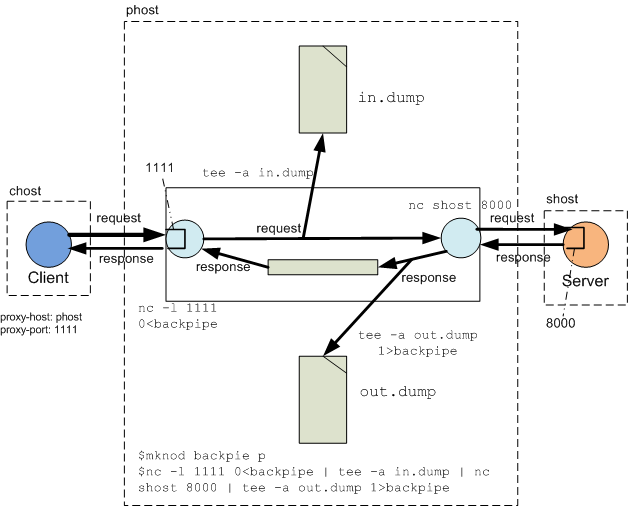Okay, a short blog post like this (or even a big one, like those penned by Steve Yegge) can't tell you everything *known today* about Ajax, forget "all you ever need to know". In fact, it can't tell you everything about anything worth knowing. There is just way too much information and knowledge around us about almost everything, consequential or not. To make things worse, at least for those who claim to "tell everything", this body of information and knowledge keeps growing every minue.
So why did I choose this particular title? No, I didn't intend to write everything I know about Ajax. It is just a link-bait. Seems to have worked quite well for others. Might work for me as well.
What I really want to do in this post is to write a short review of "Ajax -- The Definitive Guide", a book published by O'Reilly. Those who are familiar with Oreilly's The Definitive Guide series know that these books have a reputation of being very comprehensive and all encompassing about the chosen topic. This certainly seems to be the case for a number of books in this series on my bookshelf, such as "JavaScript: The Definitive Guide" and "SSH, The Secure Shell: The Definitive Guide". But a definitive guide on something like Ajax? It would have to cover a lot of stuff, in all their fullness and fine details, to do justice to the title: the basics of Ajax interactions, (X)HTML, JavaScript, XML, XmlHttpRequest, CSS, DOM, browser idiosyncrasies, Ajax programming style and design patterns, tips-n-tricks, numerous browser side Ajax libraries such as prototype, YUI library, jQuery etc. and their integration with server side frameworks such as RoR, Drupal etc. The list is fairly long, if not endless. And each topic worthy of a book by itself.
Fortunately,
Ajax -- The Definitive Guide doesn't try to be a definitive guide for everything that goes or could go into an Ajaxy application. I found the book more to be a good collection of interesting and relevant topics that the author Anthony T. Holdener III has had first hand experience with. Most of these I knew about, some I was vaguely familiar with and a few were quite new to me. However, I wouldn't call the collection a "definitive guide for Ajax". If you are new to Ajax and are somewhat lost, in terms of where to start and how things relate to each other, then this book is certainly worth paying for. However, if you have already been into Ajax development for sometime and are craving for a single text to answer recurring questions around Ajax specific patterns, solution to common problems, browser differences and ways to tackle them then this is perhaps not the book for you. In this sense, the book doesn't really fit into the "The Definitive Guide" pattern.
On the other hand, the book does provide good introduction to basic concepts, is quite readable, includes a lot of source code for non-trivial working programs and lists relevant resources, such as Ajax libraries, frameworks and applications, in its References section. I especially liked the "chat" and "whiteboard" application that allows two or more users to share a whiteboard and chat through their browsers.
Okay, so how does this book compares with other books on the same topic? This is a tough question, for I haven't been paying attention to most books that have come out on this topic. Though there is a answer, and it comes from this Amazon Sales Rank comparison chart:
A higher Sales Rank for an item implies that more people are buying it from Amazon. This doesn't tell how well a particular book will meet your needs but just that the high ranking items, in general, are being bought by more people than the low ranking ones. The above chart does indicate that Ajax -- The Definitive Guide is outselling its rivals, at least at the time of this review (March 17-18, 2008).
